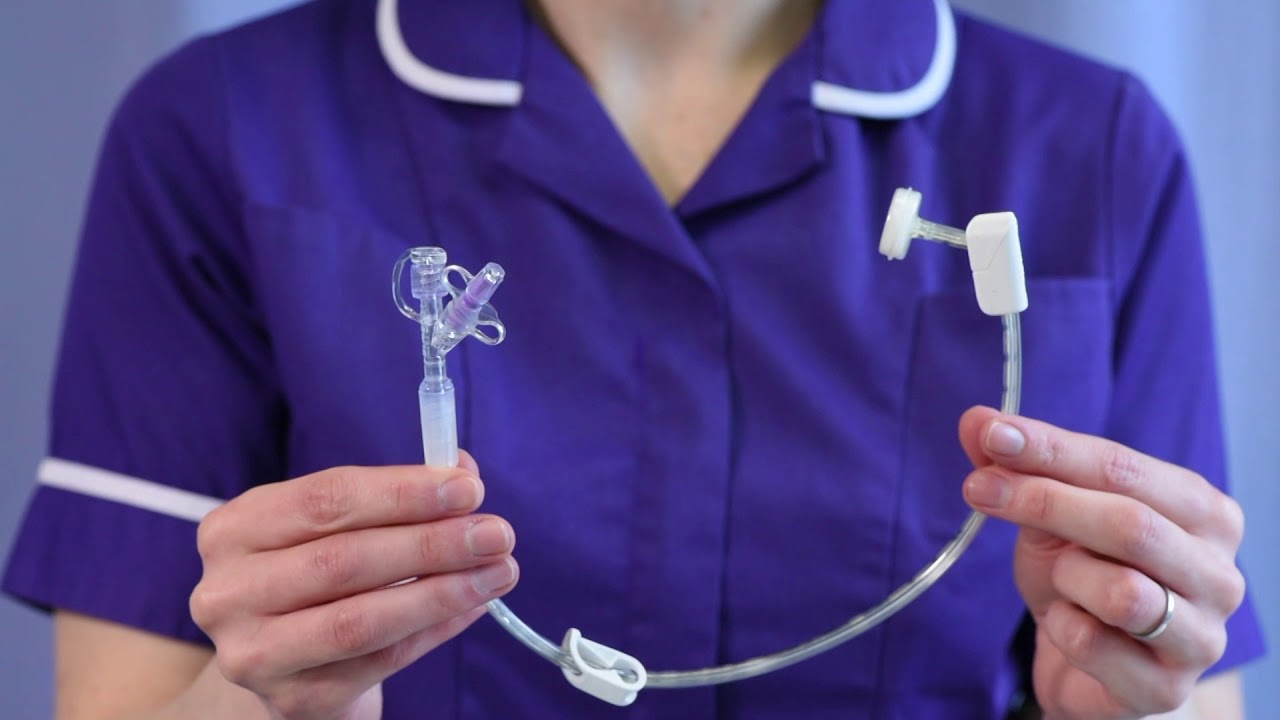Introduction
Ever wondered how people with complex medical needs are cared for at home or in healthcare settings? Two vital areas in this caregiving journey are Peg feed training and catheter care training. These aren’t just medical procedures—they’re lifelines. In this guide, we’ll walk through everything you need to know about these essential training programs.
What is PEG Feed Training?
Understanding PEG Feeding
PEG stands for Percutaneous Endoscopic Gastrostomy—a fancy term for a procedure where a feeding tube is placed directly into a person’s stomach through the abdominal wall. It’s typically for patients who can’t eat through the mouth.
Who Needs PEG Feeding?
You’ll often find PEG tubes used for:
- Stroke survivors
- Patients with neurological disorders like ALS
- Individuals undergoing chemotherapy
- Patients with head or neck injuries
Why PEG Feed Training is Essential
PEG feeding isn’t just about connecting a tube. You’re dealing with nutrition, hygiene, equipment, and a whole lot of responsibility. Without proper training, the risks include infection, dislodgement, and even aspiration pneumonia.
Components of PEG Feed Training
Setting Up Equipment
It starts with learning the tools of the trade—tubing, syringes, feeding solutions, connectors, and flushing tools. You’ll learn how to:
- Assemble the setup correctly
- Check tube placement
- Use gravity or syringe feeding methods
Maintaining Hygiene
Hygiene is more than a clean towel. It’s about reducing infection risks by:
- Washing hands thoroughly
- Cleaning the insertion site
- Using sterile equipment
Monitoring the Feeding Process
You’ll need to monitor:
- Feeding flow
- The patient’s comfort
- Any leakage or bloating
Being observant can be the difference between a smooth feed and a medical emergency.
Troubleshooting Common Issues
PEG feed training teaches you how to:
- Unclog the tube
- Identify signs of irritation or infection
- Know when to seek medical help
What is Catheter Care Training?
Types of Catheters
Catheters aren’t one-size-fits-all. There are several types: Catheter care training
- Indwelling (Foley) catheters
- Intermittent catheters
- Suprapubic catheters
Each has its care protocol, and that’s where training comes in.
Who Requires Catheterization?
People with:
- Urinary retention
- Neurological bladder issues
- Post-surgical urinary needs
…often require catheterization, sometimes short-term, sometimes lifelong.
Importance of Proper Catheter Care
Improper catheter care can lead to urinary tract infections (UTIs), kidney damage, or severe pain. The training emphasizes:
- Sterile insertion techniques
- Routine cleaning
- Monitoring urine output
Essential Skills Taught in Catheter Care Training
Insertion and Removal Techniques
Knowing how to insert and remove a catheter safely is crucial. Trainees practice on models or under supervision to master this delicate task.
Cleaning and Maintenance
Daily cleaning of the catheter site, using antiseptic solutions, and regularly changing drainage bags are part of the routine.
Recognizing Signs of Infection
Red flags include:
- Cloudy or foul-smelling urine
- Fever
- Pain or swelling around the site
Spotting these early can prevent serious complications.
Similarities and Differences Between PEG and Catheter Care
While both involve tubes and patient care, PEG feeding focuses on nutrition, while catheter care centers around urinary function. However, both:
- Require strict hygiene
- Demand regular monitoring
- Are taught with practical, hands-on training
Why These Trainings Are Vital for Healthcare Workers and Caregivers
You wouldn’t let someone drive without learning the rules of the road, right? Similarly, handling PEG feeds or catheters without training is risky.
Training ensures:
- Patient safety
- Reduced hospital admissions
- Confidence for caregivers
Who Should Undergo PEG and Catheter Training?
Professional Caregivers
Nurses, support workers, and home health aides all need these skills to do their job competently.
Family Members and At-Home Carers
Loved ones often take over care duties. With the right training, they can provide effective and safe support from home.
Legal and Ethical Considerations
Patient Dignity and Consent
Training programs often include ethical modules to remind caregivers to treat patients with respect, ask for consent, and preserve privacy.
Data Protection and Training Certification
A good training course should include certified completion and data privacy protocols. Some jurisdictions even require certification to legally perform these procedures.
Benefits of Online vs. In-Person Training
- Online training is flexible, affordable, and accessible.
- In-person sessions allow hands-on practice and immediate feedback.
Best practice? Do both. Start online, then reinforce with supervised clinical practice.
How to Choose a Quality Training Program
Accreditation
Always check if the training is recognized by healthcare authorities or professional bodies.
Curriculum Depth
A robust course should cover theory, practice, hygiene, emergencies, and patient handling.
Hands-On Practice
Reading about a PEG tube is one thing. Handling one in a supervised setting is another. Go for programs offering simulations or placements.
Challenges Faced During Training
Emotional Impact
Feeding and catheterization are intimate procedures. New carers often feel emotional. Training helps normalize these emotions and offer support.
Handling Emergencies
Leaks, infections, and dislodged tubes can be scary. Practical scenarios during training build the calm and quick-thinking skills needed.
Conclusion
Both PEG feed training and catheter care training are vital for anyone involved in patient care. Whether you’re a professional or a family member, getting trained means you’re not just helping—you’re doing it safely and responsibly. Think of it like this: training isn’t just a checkbox; it’s the manual to someone’s quality of life.










